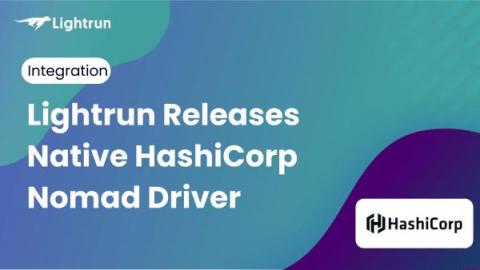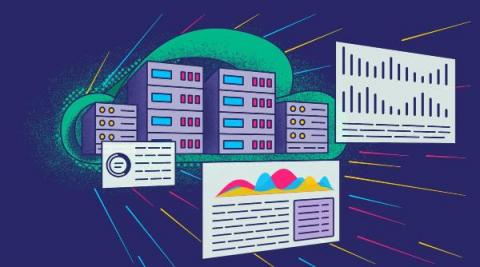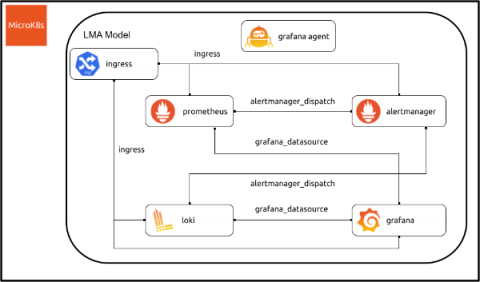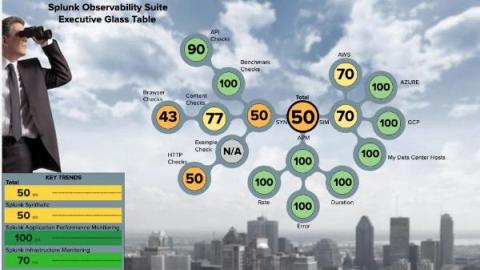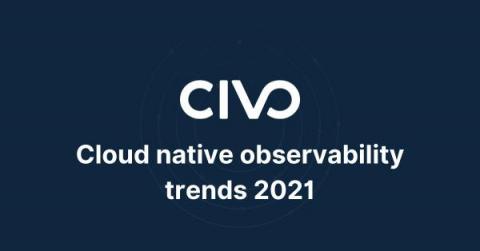Developers Can Now Debug Running Nomad-Orchestrated Applications Using Lightrun
In basically every modern software organization, building software is not just a matter of writing code – it’s a matter of testing it to ensure it works properly, a matter of creating artifacts out of it that can be used by the end customers, and a matter of deploying them to a customer-accessible location for these customers to be able to actually use it.


